Witch hazel is a plant of the family Hamamelisides. Witch hazel is a shrub that reaches a height of up to 6 meters. Its flowers are small and appear on leafless branches between December and January. The leaves appear after color. The plant is also found with the name Virginia walnut. Native to North America. Prefers sunny locations and very light shade.
History of witch hazel
The name of the plant is derived from the old Anglo-Saxon word "wych", which means flexible. The branches of this shrub are so flexible that the Indians used them to make bows. They also found many other uses for the plant. Tea made from the bark and leaves of witch hazel is rubbed on bruises, cuts, insect bites, sore muscles and joints.
They took it internally to treat various illnesses, including colds, bleeding and menstrual pain. Iroquois and Cherokee used a tea of the leaves and bark to treat fever, sore throat and coughs.
Witch hazel was used as astringent and antiseptic in the United States in the 19th century until the controversy which appears on the type of use - the extracts. Some specialists’ distillation process removes the medicinal properties of the plant.
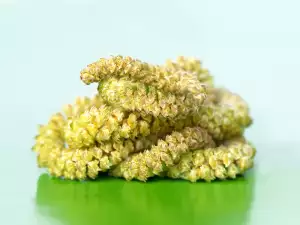
Composition of witch hazel
The plant contains 8-10% tannins, bitter agents, volatile oil, flavonoids. The bark is rich in sterols, gallic acid, tannins and resins.
Selection and storage witch hazel
Witch hazel can be detected in the form of various medicinal products on the market, especially in pharmaceuticals. Unfortunately, these products contain very little of the herb.
They are based on the distilled extract which is prepared by soaking the raw material in water for a certain period of time. It is then distilled and ethanol is added. Keep preparations as specified in the instructions on the package.
Benefits of witch hazel
The main activities of witch hazel are: good anti- inflammatory action, it is astringent, slightly sedative, stops bleeding and acts as an analgesic.
Natural witch hazel has the ability to reduce hemorrhoids and relieve pain and itching.
Furthermore, witch hazel soothes mild skin abrasions and burns, while preventing infection and reduces bleeding and oozing of certain skin diseases. In internal applications, the herb soothes sore throat and intestinal inflammation.

The herb is also used for treatment of wounds of the perineum after birth. Witch hazel is used to make some drops for eyes, due to the very good anti-inflammatory action and sedative it has.
High amounts of tannins and flavonoids make proteins in the skin tighten, creating good protection, but it increases resistance to inflammation and promotes healing of broken skin areas and damaged blood vessels located under the skin.
When witch hazel is applied to the facial veins, hemorrhoids, bruises, varicose veins, the normal structure of the skin and strength of capillaries over time return to their previous state.
In Puerto Rico, local people use a mixture of witch hazel as a therapy for asthma. Besides this, witch hazel mixture contains garlic, onion, honey, aloe vera and other substances. It is used for sunburns or for soothing the skin after shaving.
Remedy forms of witch hazel include infusions of leaves in skin stings and bites; bruises and cuts; lotion for cysts and broken veins; diluted tincture of bark; varicose veins; ointment of bark; hemorrhoids; gargle of tincture; inflammation of the throat or eyewash.
Dangers of witch hazel
The herb should not be taken internally for a long time, because it is likely to interfere with the absorption of iron from the body. Long term use can cause anemia. Commercially available products should be used as directed.
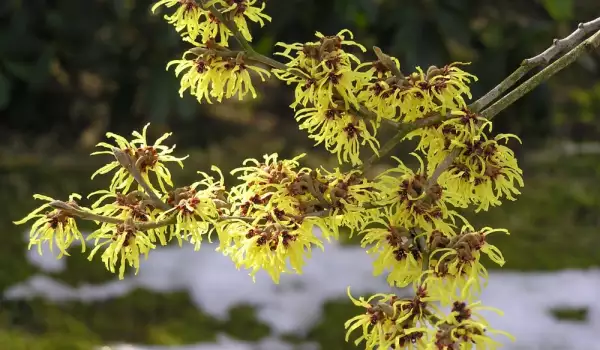



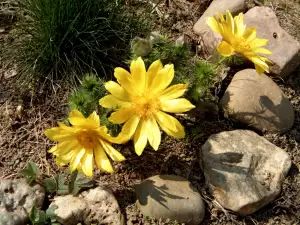


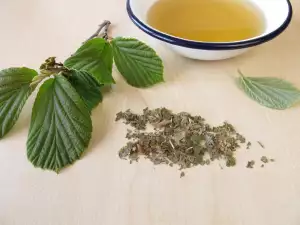



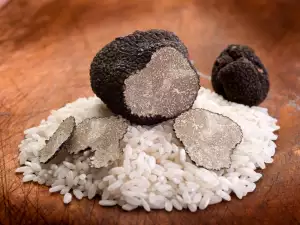
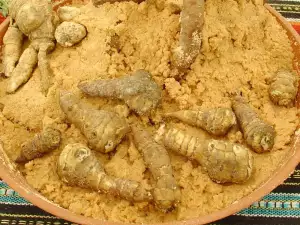



Comments